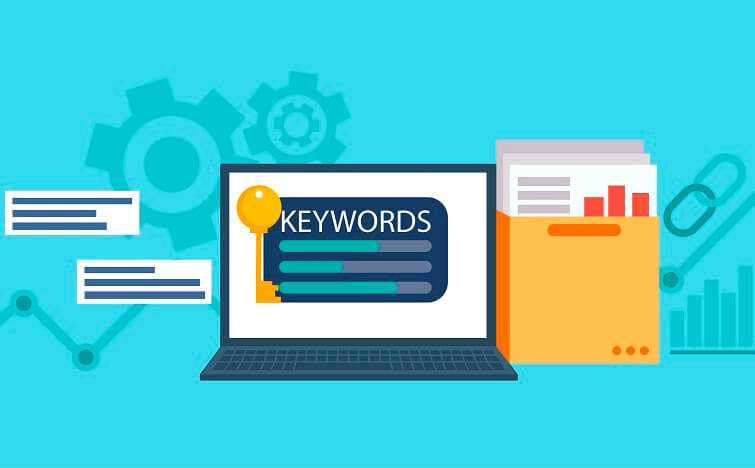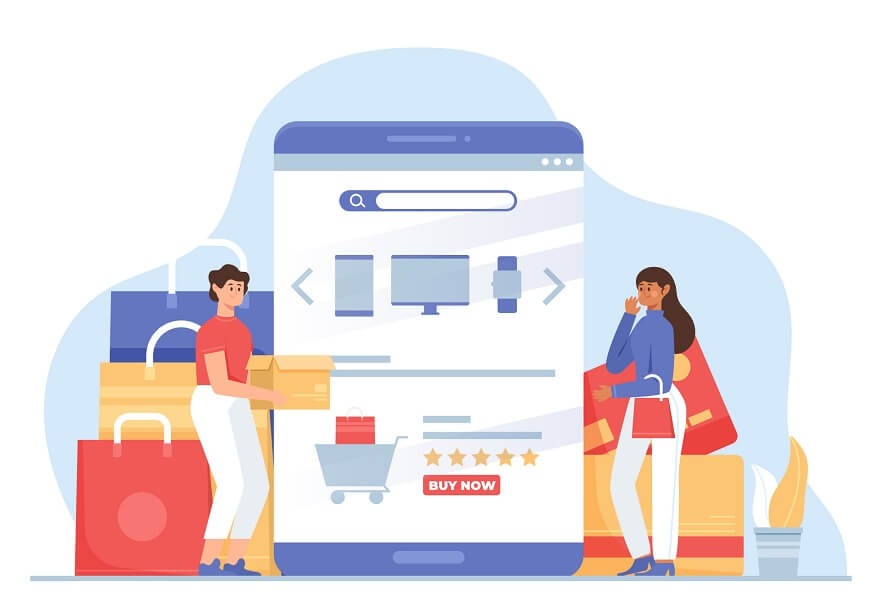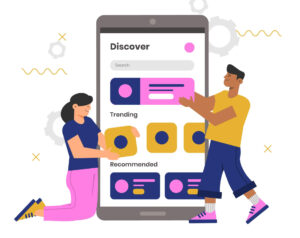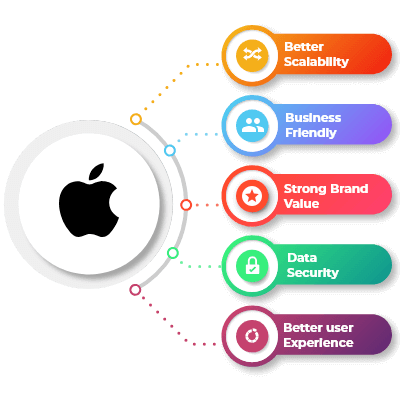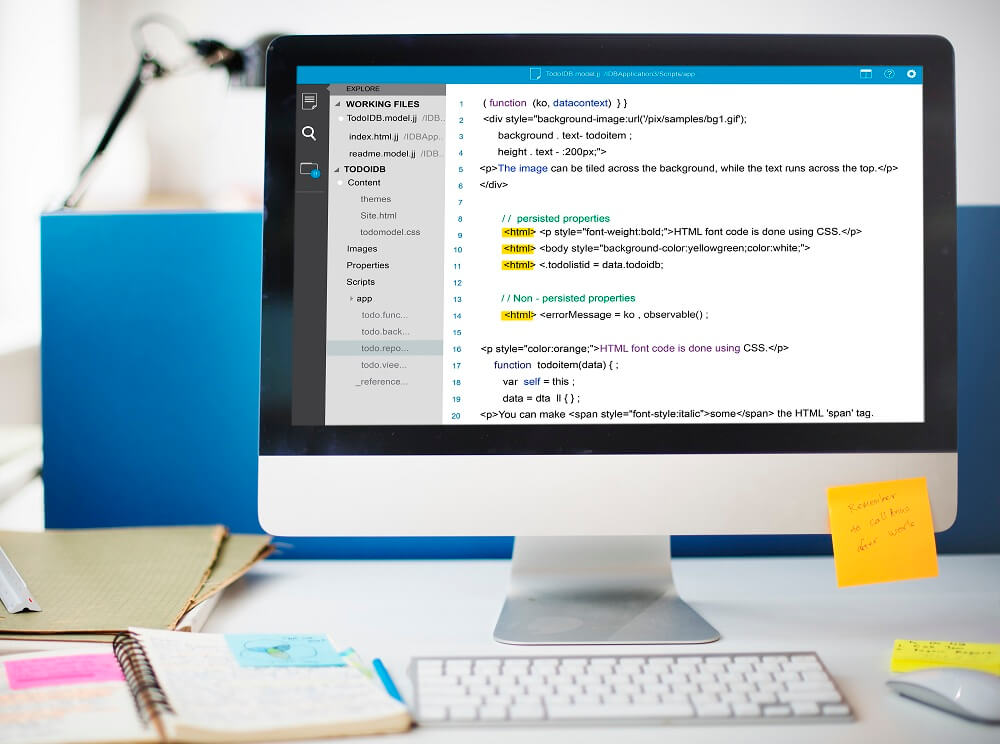Shopify has become a popular platform for entrepreneurs who want to develop their own ecommerce stores. Its user-friendly interface and extensive customization option has made it a popular option to craft engaging online stores.
Although Shopify provides all the features to build a store without writing a single line of code, to create a truly niche-differentiating shopping portal you will need to hire a professional shopify development company.
More than just creating an ecommerce store, a Shopify development company can customize the theme, develop plugins, create an engaging UI and UX, and craft a SEO optimized store.
Finding the best Shopify development company from thousands across the world can be a daunting task. So, we have curated a list of top Shopify development companies who specialize in providing a tailored solution to their customers.
- Andolasoft
- Techtic Solutions
- Openxcell
- Ziffity Solutions
- Instinctools
- Mobikasa
- JPLoft Solutions
- Magneto IT Solutions
- Emizen Tech
- CartCoders
-
Andolasoft:
Andolasoft takes the top spot on our list as the best Shopify development company in the world. The company has received numerous awards and accolades for its bespoke ecommerce solutions and has consistently delivered top-notch solutions to its global customers.
The company has a team of certified Shopify developers who have the expertise in crafting a unique solution for their customers.
Their experienced team follows agile methodology to meet client requirements efficiently.
Here is a comprehensive list of Shopify development services offered by Andolasoft.
- Shopify Store Setup:
Andolasoft expert team will configure your store’s settings, set up your custom domain, and assist with the initial setup, enabling you to start selling products or services quickly and seamlessly. - Custom Theme Development:
Andolasoft’s team of designers and developers can create a tailor-made Shopify theme that aligns perfectly with your brand identity and business goals. - ECommerce App Integration:
Integrating e-commerce apps and third-party tools is crucial for enhancing the functionality of your online store. Andolasoft offers seamless integration services, enabling you to connect your Shopify store with payment gateways, inventory management systems, marketing automation tools, and more to optimize your e-commerce operations. - Mobile Responsive Design:
With the ever-increasing use of mobile devices for online shopping, having a mobile-responsive design is paramount. The Shopify development company ensures that your store is visually appealing and fully functional on smartphones and tablets, providing a seamless shopping experience for mobile users. - SEO Optimization:
The Andolasoft team understands the importance of search engine optimization (SEO) for online visibility and customer acquisition. They optimize your Shopify store for search engines, helping you improve your search rankings, drive organic traffic, and increase the chances of being discovered by potential customers. - Performance Optimization:
A slow-loading website can lead to lost sales and frustrated customers. Andolasoft offers performance optimization services to ensure your Shopify store loads quickly and efficiently, providing a smooth user experience that encourages conversions. - Data Migration:
If you’re transitioning from another e-commerce platform to Shopify, Andolasoft’s team can help you migrate your data seamlessly. This includes transferring product listings, customer data, order histories, and other critical information to your new Shopify store. - Support and Maintenance:
To keep your Shopify store running smoothly, Andolasoft provides ongoing support and maintenance services. Their team is available to address any issues, update your store, and assist with daily maintenance tasks, ensuring a hassle-free e-commerce operation.
-
Techtic Solutions:
Techtic Solutions is recognized for its commitment to delivering scalable and high-performance Shopify websites. They prioritize understanding their clients’ businesses and goals, ensuring that the solutions they build drive success in the competitive e-commerce landscape.
- Shopify Store Setup and Customization:
Techtic Solutions assists with store setup and provides customization options to make your Shopify store visually appealing and user-friendly. - Theme Development and Customization:
They specialize in creating and customizing Shopify themes to match your brand’s aesthetics and enhance user experience. - App Development and Integration:
Techtic can develop custom apps and integrate third-party apps to extend the functionality of your Shopify store. - Performance Optimization:
They optimize store performance for faster loading times and a better customer experience.
-
Openxcell:
Openxcell is a global software development company that excels in Shopify development. They provide end-to-end e-commerce solutions, including store setup, customization, and seamless integration of apps and features.
- Store Setup and Configuration:
They assist in setting up your Shopify store, configuring essential settings, and getting it ready for business. - Customization and Theming:
Openxcell customizes Shopify themes to align with your brand identity and create a unique online presence. - App Integration:
They integrate and configure third-party apps to enhance your store’s functionality.
-
Ziffity Solutions:
Ziffity Solutions stands out for its ability to create e-commerce platforms that drive growth and revenue. Their comprehensive services cover design, development, optimization, and more, ensuring clients have a holistic Shopify experience.
- Design and Development of Shopify Stores:
Ziffity Solutions focuses on creating visually appealing and high-performance Shopify stores that attract and retain customers. - Theme Customization:
They customize Shopify themes to reflect your brand’s unique style and requirements. - App Integration:
Ziffity integrates and configures apps to add features and functionalities to your store. - Performance Optimization:
They optimize store performance for faster loading and better customer experience.
-
Instinctools:
Instinctools combines creativity and technology to craft exceptional Shopify stores. They specialize in custom theme development, app integration, and performance optimization, helping clients achieve their unique business objectives.
- Custom Theme Development: Instinctools specializes in developing custom Shopify themes tailored to your brand’s identity and user preferences.
- App Integration and Customization: They integrate and customize Shopify apps to meet specific business needs and enhance functionality.
- Performance Optimization: Instinctools optimizes store performance for faster loading times and improved user experience.
- Ongoing Support and Maintenance: They offer continuous support and maintenance services to keep your Shopify store running smoothly.
-
Mobikasa:
Mobikasa is a recognized player in the Shopify development industry, known for designing websites that captivate visitors and drive conversions. They have expertise in both B2B and B2C e-commerce, making them a versatile choice for businesses of all types.
- B2B and B2C E-commerce Solutions:
Mobikasa provides comprehensive e-commerce solutions for both B2B and B2C businesses. - Shopify Theme Design and Customization:
They design and customize Shopify themes to create visually appealing and functional online stores. - App Integration:
Mobikasa integrates third-party apps to enhance store functionality and meet specific business needs. - Performance and SEO Optimization:
They optimize store performance and implement SEO best practices to improve visibility and rankings.
-
JPLoft Solutions:
JPLoft Solutions is dedicated to creating Shopify websites that stand out in terms of design, functionality, and user experience. They have a skilled team that excels in crafting unique and compelling e-commerce solutions.
- Custom Shopify Store Development:
JPLoft Solutions specializes in developing custom Shopify stores tailored to your business goals and target audience. - Theme Customization:
They customize Shopify themes to match your brand’s aesthetics and create a unique user experience. - App Integration:
JPLoft integrates and configures apps to extend your store’s functionality and meet specific requirements. - Ongoing Support and Maintenance:
They offer ongoing support and maintenance services to ensure your Shopify store runs smoothly and stays up to date.
-
Magneto IT Solutions:
Magneto IT Solutions is a global company offering a wide range of Shopify services, including store setup, custom app development, and digital marketing. Their extensive experience and global presence make them a reliable partner for e-commerce projects.
- End-to-End Shopify Development:
Magneto IT Solutions provides complete Shopify development services, including store setup, customization, and ongoing support. - Custom App Development:
They can develop custom Shopify apps to add unique features and functionalities to your store. - Digital Marketing for Shopify Stores:
Magneto IT Solutions offers digital marketing services to boost the visibility and reach of your Shopify store. - Performance Optimization:
They optimize store performance to ensure fast loading times and an excellent user experience.
-
Emizen Tech:
Emizen Tech is known for its comprehensive and scalable Shopify solutions. They focus on tailoring their services to the specific requirements of their clients, ensuring that each e-commerce project is unique and effective.
- Comprehensive Shopify Development Services:
Emizen Tech offers a wide range of Shopify development services, covering store setup, customization, and ongoing support. - Customization and Theming:
They customize Shopify themes to create visually appealing and user-friendly online stores. - App Integration:
Emizen Tech integrates and configures third-party apps to enhance store functionality. - Performance Optimization:
They optimize store performance for improved loading times and user satisfaction.
-
CartCoders:
CartCoders is a leading Shopify development agency with a strong technical focus. They are committed to delivering outstanding e-commerce solutions that meet the diverse needs of businesses, ensuring growth and success in the online marketplace.
- Custom Shopify Theme Development:
CartCoders specializes in creating custom Shopify themes that align with your brand and engage your target audience. - App Integration and Customization:
They integrate and customize Shopify apps to enhance store functionality and meet specific business requirements. - Performance Optimization:
CartCoders focuses on optimizing store performance for faster loading times and improved user experience. - Ongoing Support and Maintenance:
They offer ongoing support and maintenance services to keep your Shopify store running smoothly and up-to-date.
What are the Benefits of Shopify for Ecommerce Development
-
Ease of Use:
Shopify is a CMS platform that provides a user-friendly interface and a simple setup process. You don’t need any technical skills to create and manage your online store. This ease of use makes it accessible to beginners and experienced users alike to create engaging online stores.
-
Hosting and Security:
It provides secure and reliable hosting, ensuring your website is always up and running. They also handle security features like SSL certificates and compliance with industry standards, alleviating security concerns.
-
Mobile Responsiveness:
The themes on Shopify are designed to be mobile-responsive, which is crucial in an era where mobile shopping is on the rise. This ensures that your store looks and functions well on smartphones and tablets.
-
App Store:
The App Store offers a wide range of apps and plugins that extend the platform’s functionality. You can find apps for everything from marketing and sales to inventory management and customer support.
-
Customization:
The CMS platform provides a high degree of customization. You can choose from a variety of themes, and if none suits your needs, you can create a custom design. Additionally, the platform allows for custom app development and integration with third-party tools.
-
Scalability:
Whether you’re a small startup or a large enterprise, the platform can accommodate your needs, and you won’t need to worry about server management or performance issues as you expand.
-
SEO-Friendly:
It is designed with SEO best practices in mind. It offers features such as customizable meta tags, clean URL structures, and quick loading times, all of which contribute to better search engine rankings.
-
Payment Gateway Integration:
It supports a variety of payment gateways, including its own (Shopify Payments). This flexibility allows you to choose the payment processing option that best suits your business and customers.
-
Customer Support:
Shopify offers 24/7 customer support, which is invaluable if you encounter any issues with your online store. They also provide resources, tutorials, and a community forum for self-help.
-
Analytics and Reporting:
The built-in analytics tools help you track your store’s performance. You can monitor traffic, sales, and customer behavior, enabling data-driven decisions and strategic improvements.
-
Dropshipping Capabilities:
It has features and apps that make it easy to set-up and manage a dropshipping business, allowing you to sell products without holding inventory.
-
Abandoned Cart Recovery:
The platform offers automated email reminders to customers who have abandoned their shopping carts, which can help recover potentially lost sales.
-
Multi-Channel Selling:
Shopify allows you to sell your products not only through your online store but also on various social media platforms and marketplaces like Facebook, Instagram, and Amazon.
-
Marketing and SEO Tools:
It provides built-in marketing and SEO tools, including the ability to create and manage ad campaigns, send newsletters, and optimize your website for search engines.
-
Community and Resources:
It has a thriving community of users, developers, and experts, providing an extensive knowledge base, tutorials, and resources for users to tap into.
Conclusions
These top 10 Shopify development companies in 2023 have earned their reputation through years of dedicated work, innovation, and excellence.
When choosing a Shopify development partner, be sure to consider your specific requirements, budget, and project scope to find the perfect match for your e-commerce journey.
With the right Shopify development company by your side, your online business can thrive and achieve new heights of success in the competitive e-commerce landscape.


